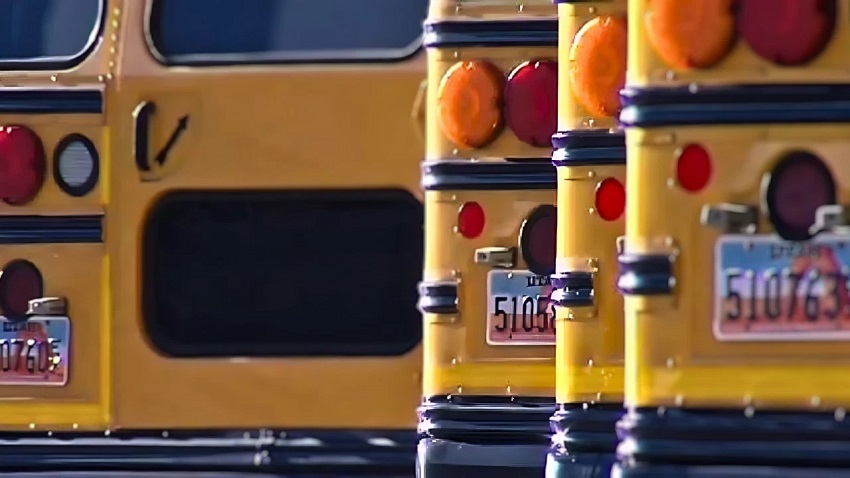ST. GEORGE, Utah — A new state law set to take effect on July 1 is raising concerns among parents in the Washington County School District. House Bill 161, which changes the criteria for school bus transportation, now requires sixth-grade students to live at least two miles from school in order to qualify for bus service.
Under the new law, students in grades K-5 will still be eligible for busing if they live 1.5 miles or more from school. However, for sixth graders, who attend intermediate or middle schools, the qualifying distance increases to two miles, a change that has left many parents frustrated and worried about the safety of their children.
“It really just impacts our sixth graders,” said Steven Dunham, communications director for the Washington County School District. “Because sixth grade is in what we consider a middle school, they’ll have to be more than two miles from the building to qualify, per the new state law.”
Previously, all students in grades K-6 were eligible for busing if they lived 1.5 miles or more from their school. Now, the eligibility requirement for sixth graders is aligned with the district’s busing policy for students in grades 7-12, who must live two or more miles from school to qualify for transportation.
While the change only impacts a specific group of students, it has generated widespread concern, particularly among parents of students with special needs. Candice Bell, a mother of three, expressed her frustration with the lack of clarity on how the new law would affect children with disabilities. “There was nothing about how this would impact special needs children. I was left with a lot of uncertainty,” Bell said.
Bell also voiced concerns about the potential safety risks that could arise from the new policy. “I fear that the money they think they’re saving on buses is going to show up at the ER when kids are collapsing from the heat. Or injured,” she added, highlighting the challenges some students may face walking longer distances in extreme weather.
In response to parent concerns, Dunham explained that the district has advocated for a different solution, such as keeping the 1.5-mile requirement for both sixth and seventh graders. However, with the law now in place, the district is focused on finding ways to mitigate the impact on families.
“We’d always like to see busing increase,” Dunham said. “Statistically, buses are the safest way to get children to and from school, and we recognize that. However, we recognize that if they need to cut in different places, they’re going to do that.”
To help address the potential shortfall in busing, the district encourages families to apply for “space-available” seats after the first few weeks of school. This option, which allows students who live closer to the school to ride the bus if there is room, may offer a solution for some families.
Dunham emphasized that safety remains the district’s top priority, but acknowledged that it is ultimately the responsibility of parents to ensure their children’s safe transportation. He encouraged parents to consider alternatives, such as forming “walking school buses” or accompanying their children on their walks until they are familiar with their routes.
Each additional bus route in the district comes with a significant cost—approximately $70,000. Given budget constraints, the decision to add more routes would likely depend on safety concerns and community needs, rather than distance alone.
As the law takes effect this summer, parents in the Washington County School District will need to adapt to the new rules, but the district remains committed to ensuring the safety of its students. While some parents fear the potential consequences of these changes, the district is exploring ways to offer flexibility through space-available seating and other solutions.
The shift in transportation policy has sparked a wider conversation about school funding and the balancing of resources to meet both safety and budgetary needs. For now, parents are left to navigate the uncertainty that comes with this new law, while the district continues to look for ways to ensure students are safely transported to and from school.

